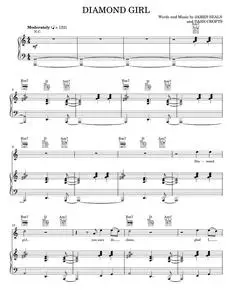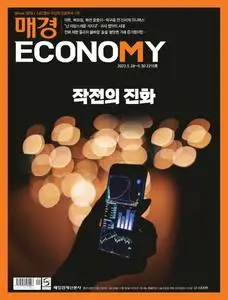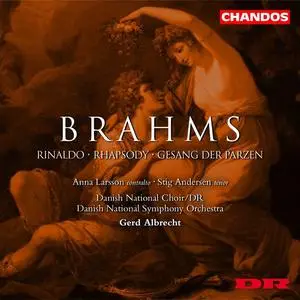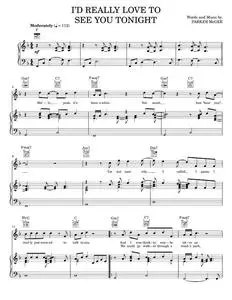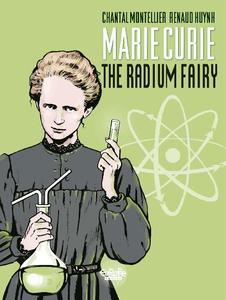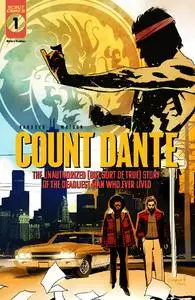| Su | Mo | Tu | We | Th | Fr | Sa |
|---|---|---|---|---|---|---|
| 30 | 1 | 2 | 3 | 4 | 5 | 6 |
| 7 | 8 | 9 | 10 | 11 | 12 | 13 |
| 14 | 15 | 16 | 17 | 18 | 19 | 20 |
| 21 | 22 | 23 | 24 | 25 | 26 | 27 |
| 28 | 29 | 30 | 31 | 1 | 2 | 3 |
Attention❗ To save your time, in order to download anything on this site, you must be registered 👉 HERE. If you do not have a registration yet, it is better to do it right away. ✌

SpicyMags.xyz

SpicyMags.xyz
Don't Rest in Peace (2023)
Date: 24 May 2023 21:21:26
1080p (FullHD) / WEB-DL
Don't Rest in Peace (2023)
WEB-DL 1080p | 43mn | 1920x1080 | MKV AVC@5621Kbps | AC3@384Kbps 6CH | 1.84 GiB
Language: English | Genre: Documentary | Subs: English, Français
WEB-DL 1080p | 43mn | 1920x1080 | MKV AVC@5621Kbps | AC3@384Kbps 6CH | 1.84 GiB
Language: English | Genre: Documentary | Subs: English, Français
Sharron Prior, a 16-year-old girl from Pointe-Saint-Charles, was found dead in Longueuil in 1975, three days after she disappeared.
Bruno Cocset, Guido Balestracci, Les Basses Réunies - Diego Ortiz: Trattado de Glosas (2020)
Date: 24 May 2023 21:21:22
Bruno Cocset, Guido Balestracci, Les Basses Réunies - Diego Ortiz: Trattado de Glosas (2020)
EAC | FLAC | Image (Cue & Log) ~ 288 Mb | Total time: 59:31 | Scans included
Classical | Label: Alpha | # ALPHA563 | Recorded: 2019
EAC | FLAC | Image (Cue & Log) ~ 288 Mb | Total time: 59:31 | Scans included
Classical | Label: Alpha | # ALPHA563 | Recorded: 2019
Born in Toledo, Diego Ortiz published the Trattado de Glosas in Rome in 1553. At that time he was living in Naples in the service of Ferdinand Álvarez de Toledo, Duke of Alba and Viceroy of Naples. This region was deeply influenced by Spain. His treatise, published simultaneously in Spanish and Italian, is first and foremost a precious source for the art of Spanish instrumental performance. The second book of the Trattado de Glosas is performed here in its entirety, with Bruno Cocset and Guido Balestracci alternating in the Recercadas. As a counterpoint to this corpus mingling inventiveness and virtuosity, the programme includes short pieces by composers emblematic of the Golden Century of Spain, contemporaries of Ortiz: Antonio de Cabezón, Luis de Milán and Tomás Luis de Victoria.
Gerd Albrecht, Danish National Symphony Orchestra - Brahms: Rinaldo, Rhapsody, Gesang der Parzen (2004)
Date: 24 May 2023 21:21:19
Gerd Albrecht, Danish National Symphony Orchestra - Brahms: Rinaldo, Rhapsody, Gesang der Parzen (2004)
EAC | FLAC | Image (Cue & Log) ~ 300 Mb | Total time: 63:21 | Scans included
Classical | Label: Chandos | # CHAN 10215 | Recorded: 2001-2003
EAC | FLAC | Image (Cue & Log) ~ 300 Mb | Total time: 63:21 | Scans included
Classical | Label: Chandos | # CHAN 10215 | Recorded: 2001-2003
This superb programme combines the beautiful 'Alto Rhapsody' with the much more rarely performed 'Gesang der Parzen' and the cantata 'Rinadlo' - a work which gives us some idea of how a Brahms opera world would have sounded. This is the third and final volume of Brahms's works for chorus and orchestra, performed by the Danish National Symphony Orchestra under its distinguished Principal Conductor, Gerd Albrecht.
I'd Really Love To See You Tonight - Dan Seals, England Dan and John Ford Coley (Piano-Vocal-Guitar)
Date: 24 May 2023 21:20:12
I'd Really Love To See You Tonight - Dan Seals, England Dan and John Ford Coley (Piano-Vocal-Guitar)
English | 3 pages | PDF | 2.7 MB
English | 3 pages | PDF | 2.7 MB
Scout Comics - Count Dante The Unauthorized But Sort Of True Story Of The Deadliest Man Who Ever Lived No 01 2023 Hybrid Comic
Date: 24 May 2023 21:15:03
Scout Comics - Count Dante The Unauthorized But Sort Of True Story Of The Deadliest Man Who Ever Lived No 01 2023 Hybrid Comic
English | PDF | 123.3 MB
English | PDF | 123.3 MB

![Shadow and Bone: Grisha, Book 1 [Audiobook]](https://pixhost.icu/avaxhome/1b/86/009e861b_medium.jpg)
